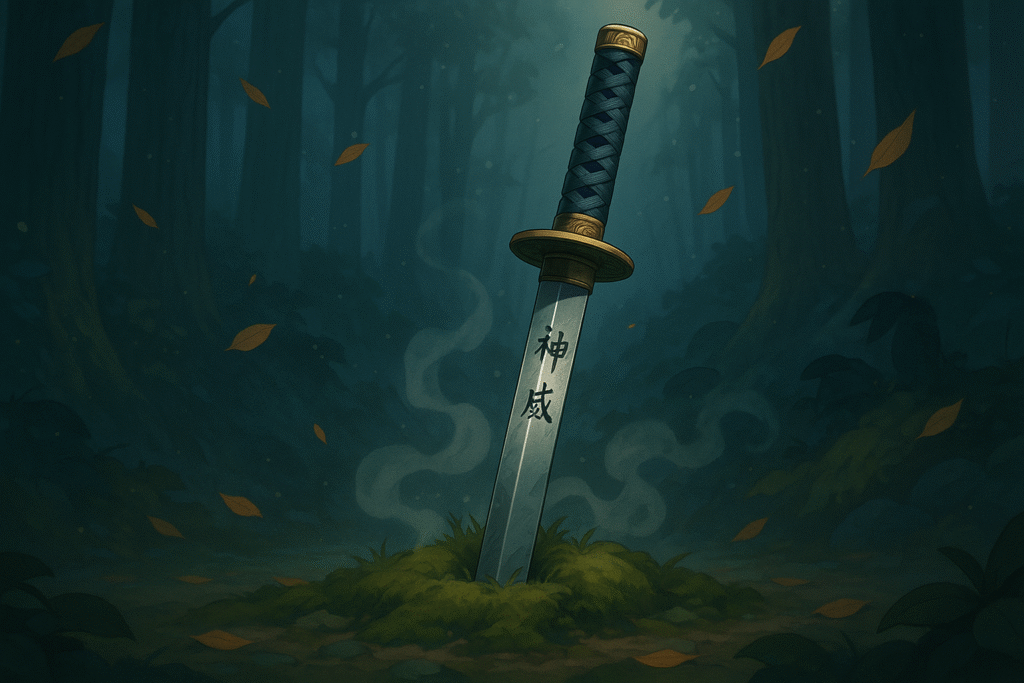In the snow-covered village of Sankebetsu, December 1915 marked the beginning of what would become Japan’s deadliest bear attack in recorded history. When Kesagake, a massive Ussuri brown bear, awakened prematurely from hibernation, local villagers had no idea they were about to face a five-day reign of terror that would forever change their community.
While humans often consider ourselves the apex predators of the planet, nature occasionally reminds us of our vulnerability. The Sankebetsu incident stands as a chilling testament to this reality, a moment when humanity’s technological advantages temporarily faltered against raw animal power and instinct.
Want to learn Japanese faster?
Book a free 15-minute call to create your personalized study plan. Get expert tips, guidance, and answers to all your questions. One-on-one!
First Encounters with the Beast
The story of Kesagake the man eater begins in mid-November 1915, when the enormous bear first appeared near the Ikeda family home in Sankebetsu, Hokkaido. Standing nearly 9 feet tall and weighing a staggering 749 pounds, Kesagake initially announced his presence by frightening the family’s horse.
The men of the Ikeda household, sensing danger, confronted the bear and managed to wound it with gunfire. Believing they had successfully deterred the animal from returning, they made the fatal mistake of not tracking it further—a decision that would cost multiple lives in the coming weeks.
Kesagake fact: The name suggests the distinctive appearance of this particular bear, which would soon become infamous throughout Japan.
The Bloodshed Begins
On December 9, 1915, Kesagake the man eater made his deadly intentions clear. The bear entered the Ota family home where Abe Mayu was caring for her neighbor’s child, Hasumi Mikio. What happened next was described by witnesses as a scene from a “slaughterhouse.”
Kesagake attacked viciously, first killing the child by biting his head, then attacking Mayu before dragging her into the surrounding forest. This marked the beginning of what would become a methodical series of attacks on the village’s inhabitants.
Similar to tales explored in our “Manga Sound Effect Guide” where dramatic tension is conveyed through visual language, the horror of Kesagake’s attacks would later be depicted in Japanese historical accounts with palpable intensity.
The Hunt for Kesagake Intensifies
Following the initial attack, thirty determined villagers formed a search party to track down Kesagake the man eater. They quickly located the bear, and one man managed to hit it, forcing the animal to retreat temporarily. In a grim discovery, the search party found Mayu’s partial remains cached in a snowbank—a common behavior of predators saving food for later consumption.
The villagers, now fully aware they were dealing with a man eater, developed a strategy to eliminate the threat. They set a trap at the Ota house, presuming Kesagake would return seeking more food. For added security, fifty guardsmen were stationed at the nearby Miyoke residence, approximately 300 meters away.
Night of Terror
As predicted, Kesagake returned that night. Despite another villager landing a hit on the bear, it managed to escape. In a display of cunning intelligence that has been documented in other predators that target humans, Kesagake circled back while the hunters pursued him in the wrong direction.
The bear then crashed through the front window of the unprotected Miyoke house, creating a scene of unimaginable horror. Among those attacked was a pregnant woman who reportedly begged for her life. Only one resident, Yayo, managed to escape to alert the returning guardsmen.
In the confusion and panic that followed, the guards’ shots missed their mark, allowing Kesagake the man eater to escape once again. The psychological impact was immediate—all but the veterans of the Russo-Japanese War abandoned their posts, overcome by fear.
The Hero Emerges
With conventional methods failing, local authorities assembled a sniper team to hunt down Kesagake, but even these skilled marksmen couldn’t locate the elusive predator. In desperation, the villagers turned to Yamamoto Heikigachi, a legendary bear hunter who had initially refused their pleas for help.
Like characters from traditional Japanese stories that explore the relationship between humans and nature, as we’ve discussed in our “Culture” section, Yamamoto represented the archetypal hero called to action. Having fallen into alcoholism, he initially declined to hunt Kesagake, but the Miyoke house massacre changed his mind.
With the aid of a local guide, Yamamoto tracked down Kesagake the man eater and killed it with precision—one shot to the heart and another to the head. A later necropsy confirmed human remains in the bear’s stomach, definitively identifying it as the killer.
The Legacy of Sankebetsu
The final toll of Kesagake’s rampage was devastating: seven human lives lost—six during the attacks and one victim who died later from injuries. The trauma inflicted on the community proved too much to bear; villagers abandoned Sankebetsu, leaving it to the wilderness and memories of the tragedy.
Today, the Sankebetsu Brown Bear Incident remains Japan’s deadliest bear attack. A monument stands where Kesagake was finally brought down, serving as both a memorial to those lost and a somber reminder of nature’s power.
For those interested in learning more about Japanese language and culture, including how these historical events have shaped Japan’s relationship with nature, check out our Learn Japanese page where you can find free guides to enhance your understanding.
Understanding Man-Eating Predators
Kesagake’s behavior follows patterns observed in other documented cases of man-eating predators worldwide. When large carnivores begin targeting humans, several factors are typically at play:
- Injury or disability – Wounded predators may turn to humans as easier prey
- Food scarcity – Early awakening from hibernation likely left Kesagake desperate for calories
- Taste acquisition – Once a predator successfully hunts humans, they often continue targeting them
- Territory encroachment – Human expansion into wilderness areas increases confrontation likelihood
The Cultural Impact
The story of Kesagake the man eater has left an indelible mark on Japanese culture. The incident has been dramatized in literature, film, and television, becoming part of Japan’s collective memory around human-wildlife conflicts.
Like many traumatic historical events, the Sankebetsu incident has taken on elements of urban legend over time, though the core events remain well-documented. The tale serves as a cautionary story passed through generations about respecting the power of nature.
In Japanese folklore, bears hold significant cultural importance. They are often viewed as powerful spirits of the mountains, deserving both respect and distance—a belief tragically reinforced by Kesagake’s rampage.
Ussuri Brown Bears: Kesagake’s Species
The Ussuri brown bear (Ursus arctos lasiotus), also known as the black grizzly bear, is native to regions of northeastern China, Korea, Russia, and northern Japan. These bears are among the largest in Asia, with males sometimes exceeding 1,500 pounds in exceptional cases, though Kesagake’s 749-pound frame was already formidable.
Unlike the content featured in our article “How to Read and Write the Mochi Kanji (餅),” which explores cultural symbols through language, the story of Kesagake represents how natural forces sometimes intrude upon human settlements with devastating consequences.
Q&A About Kesagake the Man Eater
Q: How many people did Kesagake kill? A: Kesagake killed seven people in total.
Q: When did the Kesagake attacks occur? A: The attacks occurred between December 9-14, 1915.
Q: How big was Kesagake the bear? A: Kesagake weighed 340 kg (749 lbs) and measured 2.7 meters (nearly 9 feet) in length.
Q: Why did Kesagake start attacking humans? A: Experts believe Kesagake likely awoke early from hibernation and, combined with an earlier injury from hunters, began targeting humans as accessible prey.
Q: Where did the Kesagake attacks take place? A: The attacks took place in Sankebetsu, a small village on Hokkaido, the northernmost main island of Japan.
Final Thoughts
The story of Kesagake the man eater serves as a powerful reminder that despite our technological advancements, humans remain part of the natural world—not separate from it. When we venture into wilderness territories, we do so as visitors in realms where other predators have evolved for millions of years.
As we continue to expand our communities into previously wild areas worldwide, the lessons from Sankebetsu remain relevant today. Respecting wildlife, understanding animal behavior, and maintaining appropriate boundaries may prevent future tragedies like the one that unfolded during those five terrifying days in December 1915.
The village that once stood in Sankebetsu may be gone, but the legacy of Kesagake the man eater endures—a solemn chapter in Japan’s history that reminds us of nature’s awesome and sometimes terrible power.
Ready to pass the JLPT N5 fast?
Master the basics of Japanese with our complete JLPT N5 Study Guide. Step-by-step roadmap, study methods, and mock tests. All in one guide!




